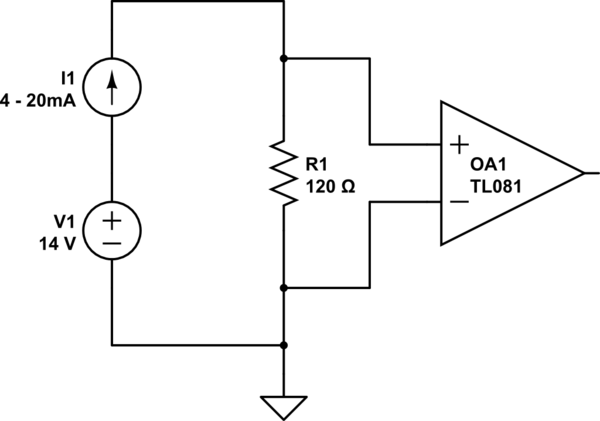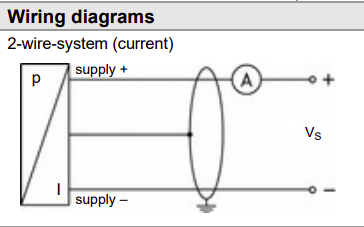I have a base system that runs on 3-AA batteries which it regulates to a system voltage of 3.3V. I want to interface that system to measure a 4-20mA sensor. For the sake of argument, lets say that sensor has a minimum voltage requirement of 8 - 30V. To my slight embarrassment, in my many years of working with sensors, this is my first foray into this 4-20mA business, so I have some questions, and I'm hoping the community can help me clear them up and avoid common pitfalls.

simulate this circuit – Schematic created using CircuitLab
I've been reading up on working with 4-20mA, and I drew the above schematic as a representative data acquisition hookup. One of the things I've read is that ground loops are a gotcha with these types of sensors. Given that my system is battery operated, is this something that it's essentially immune to?
Given that I'm going to have to throw a boost converter into the system to get up to something like 14V (somewhat arbitrary, but high enough to make sure the sensor gets a voltage that is in its operating range, after voltage drops across my shunt resistor), for a variety of reasons, I want to supply that boost circuit from my 3.3V output buck/boost switching regulator. So my block diagram starts looking something like this (everything here is battery voltage ground referenced, and there's no earth ground in my system). Does everything seem copacetic here?

... and finally, my transducer datasheet shows a picture that looks like this:

I'm not sure what to make of the grounded shield in that picture. Does that imply anything needed to be done electrically with respect to the shield at the connection point to my system?
Update (Alternative block diagram):

